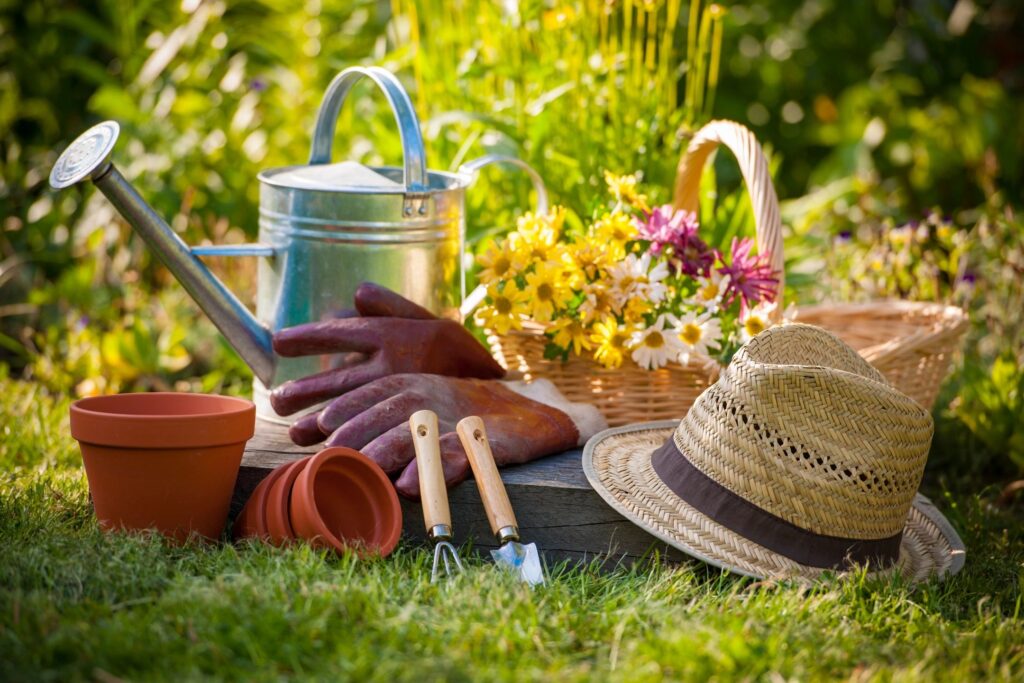By, the Old Guy with the Ponytail
How do you prepare your garden for spring? At the end of the growing season, it’s time to plan for next spring. All the dead vegetation can be removed from your garden and put in the compost pile or it can be left to rototill in for the following season.
Every few years, it’s good to have a soil analysis completed to determine nutrient availability for future crops. Once nutrient availability is known, soil can be modified accordingly in the fall, in preparation for spring. There are a few options available to prepare your garden for spring. The following options assume the existing garden soil has good drainage and adequate organic matter to support future growth.
Spring Gardening Tips
- Timing: Add the required nutrients as a topdressing in the fall and rototill the following spring 2 to 3 weeks prior to planting.
- Types of Nutrients: If nutrients are at an adequate level, just topdressing with an inch or so of dehydrated manure is typically sufficient to replace nutrients utilized the previous growing season. Well decomposed material from the compost bin in combination with fertilizer or manure is also a valuable option
- Seeding: A third option is to over seed your garden area with winter rye in the fall. Winter annual rye, typically over seeded into the garden around the time of the first frost, germinates at cool temperatures and develops thru the late fall and into the following spring. As it grows, its dense fibrous root system penetrates deep into the garden soil. Winter rye also helps to prevent erosion on an otherwise bare soil. It sequesters nutrients from the soil that would otherwise be lost to leaching. Nitrogen, along with other nutrients and organic matter are returned when the rye is returned to the soil in the spring. As an annual, rye dies after being cut or rototilled in the spring. The roots will decompose, leaving channels up to 16” deep in the soil. These channels relieve compaction and provide an avenue for the roots of future crops, water and nutrients.
- Rototilling: A less practiced alternative to yearly rototilling is a no till alternative. This organic based alternative is gaining popularity in the gardening community. Once proper nutrient and organic content is reached in the soil it is no longer necessary to rototill on a yearly basis. Rototilling increases the potential for erosion and also increases the need for additional fertilizer. In concept, the garden is mulched on a yearly basis with some organic material such as hay or straw. The alternative organic material would be the dead and decaying vegetation remaining from the planting of winter rye in the fall. This layer of decomposing organic material is planted into without the need for rototilling. Each consecutive year you are planting into a fertile layer of organic material created by mulch applied in previous years.
Got Question About Spring Gardening?
The Old Guy with the Ponytail (aka Jim) works at the Annandale Location. Feel free to stop by or give a call with any questions or if you’re looking for advice! All three locations have a full staff of knowledgeable employees looking forward to helping you.


Leave a Reply